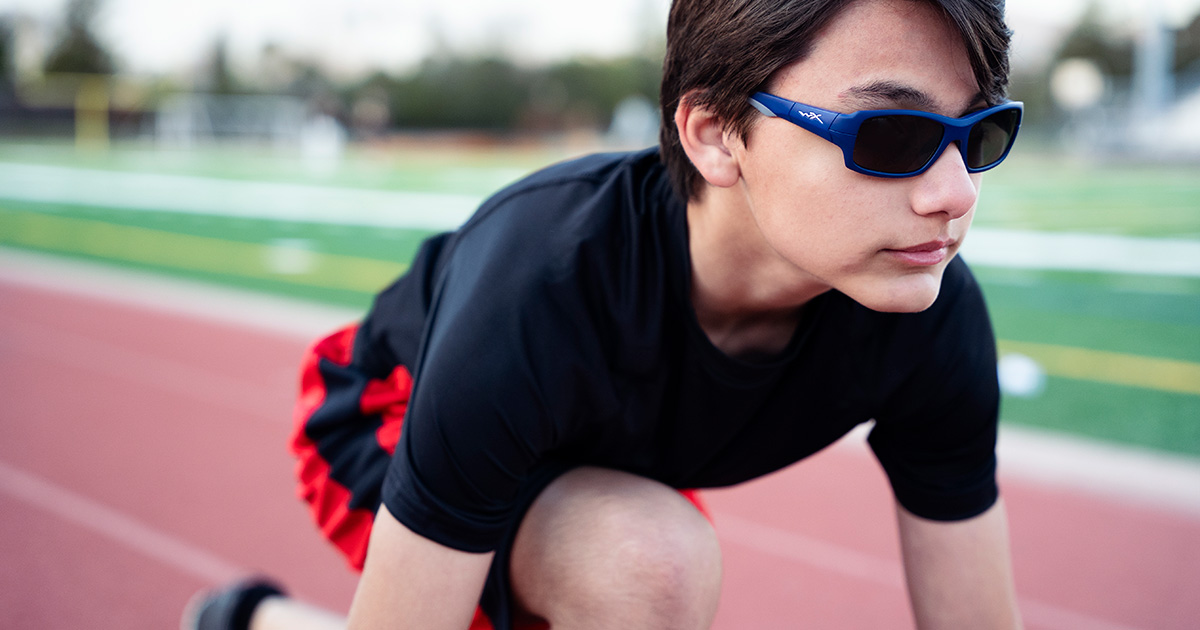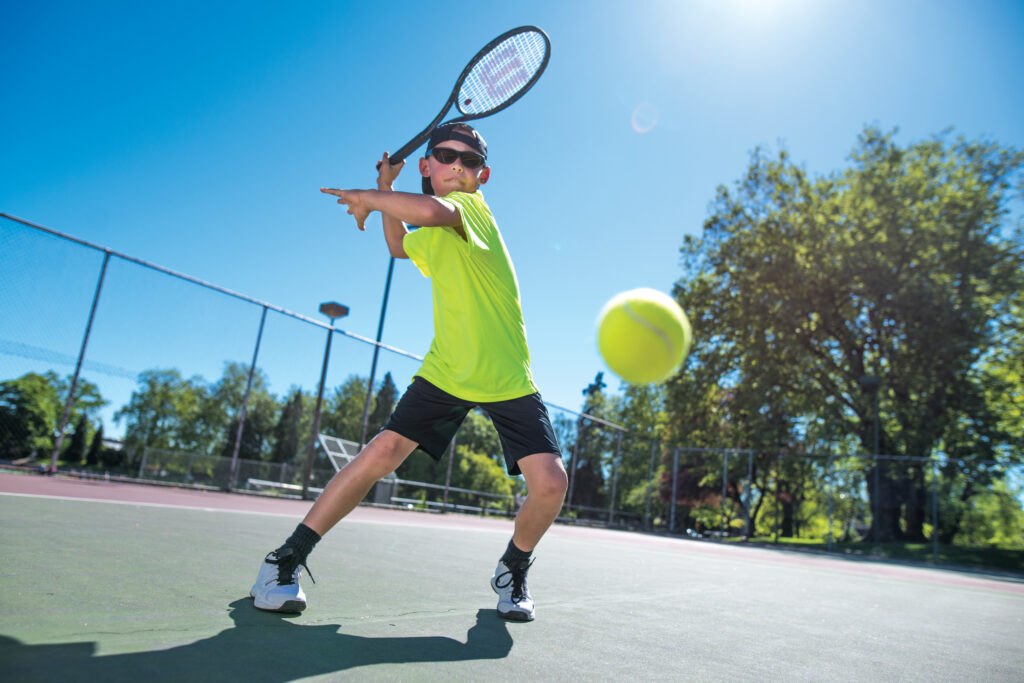
September is Sports Eye Safety Month and this is something that’s mostly overlooked.
Read on for some interesting facts, first aid for sports injuries and some of the injuries you can sustain from sports without proper protection.

Sports Eye Safety Awareness Month is necessary to draw attention to the importance of keeping your eyes safe during sports. No matter what sport you’re playing, there can usually be a chance of injury if you’re not careful. There are thousands of sports-related eye injuries every year.
Whether you wear contact lenses or spectacles, there are ways to avoid this. There is a higher risk of sports injury in some and less risk in others, but precautions should be taken in all sports for your best chance to avoid any harm.
WileyX is the world’s best protective eyewear. Decades of innovation and design refinement make this one of the most popular eyewear brands to use for any protection needed. See our WileyX collection here.
What sports cause eye injury?
Tens of thousands of eye injuries occur each year, but with the right precautions, this can be avoided. Sports that are particularly prone to causing eye injury include:
- Basketball
- Baseball
- Hockey
- Cricket
- Paintball
- Squash
- Rugby
- Tennis
- Golf
Games that feature a ball of some kind are more than likely to cause eye injuries. This isn’t surprising when you consider a flying ball could easily go in any direction if the hitter isn’t particularly skilled or just isn’t paying enough attention. The good news is that protective eyewear can help you avoid injury to the eyes while playing sports.
What kind of injuries can occur due to sports?
Corneal Abrasion: One of the most common injuries due to sports is a corneal abrasion. An abrasion is a scratch on the surface of the eye. In most healthy patients, an abrasion will heal in 2-3 days. However, it is important to see an optometrist to treat the abrasion, and possible infection and also to inspect the eyes for any other injuries.
Traumatic Iritis: Traumatic Iritis is inflammation of the iris (coloured part of your eye). With Iritis due to any cause, you can have eye pain, blurred vision, and usually sensitivity to bright lights.
Hyphema: Another common injury is Hyphema or bleeding inside the front part of the eye. The bleeding will resolve on its own usually within 1-2 weeks but it can cause other severe eye problems including glaucoma so it is important to see your optometrist and follow instructions carefully if you have this type of injury.
Angle recession: This is damage to the fluid drainage system of the eye. If there is a significant degree of angle recession, you are at risk for glaucoma long-term.
Retinal tear of Retinal detachment: Thankfully this type of injury is rare but you are at risk for this up to one year after any injury. Be mindful for any new flashing lights, floaters, or little black spots in your vision, or a curtain coming over your vision. If any of these occur, see your optometrist as soon as possible.
It is important to get your eyes examined if you have any eye trauma or injury to check for the problems listed above as well as any other sequelae to trauma that your optometrist can diagnose and treat before they affect your vision and life permanently. The best solution is always prevention!
First Aid for Eye Emergencies
Knowing what to do for an eye emergency can save valuable time and possibly prevent vision loss. Here are some instructions for basic eye injury first aid.
Be Prepared
- Wear eye protection for all hazardous activities and sports at school, home, and on the job that could lead to an eye injury.
- DO stock a first aid kit with a rigid eye shield and commercial eye wash (make sure it is not expired) before engaging in activities where an eye injury could occur.
- DO NOT assume that any eye injury is harmless. When in doubt, see an optometrist immediately.
Chemical Burns
In all cases of eye contact with chemicals
- Immediately flush the eye with water or any other drinkable liquid. Hold the eye under a faucet, shower, or pour water into the eye using a clean container. Keep the eye open as wide as possible during flushing. Continue flushing for at least 15 minutes.
- If a contact lens is in the eye, begin flushing over the lens immediately. Flushing may dislodge the lens.
- DO NOT bandage the eye.
- Seek emergency medical care promptly after flushing.
Specks in the Eye
DO NOT rub the eye.
- Try to let tears wash the speck out or use a commercial eyewash.
- DO NOT use tweezers or other items to try and remove the speck.
- If the speck doesn’t wash out, seek medical help immediately.
Blows to the Eye
- Apply cold compress without pressure.
- Seek emergency medical attention in cases of pain, blurry vision, one eye sticking out more than the other, blood inside the eye, or discoloration (black eye), which could mean internal eye damage.
Cuts and Punctures of Eye and Eyelid
- DO NOT wash out the eye with water or any other liquid.
- DO NOT try to remove an object that is stuck in the eye.
- Cover the eye with a rigid shield or the bottom half of a paper cup without pressure. Secure the shield or cup to the brow above the eye and the cheekbone below the eye without putting pressure on the eye.
- Seek emergency medical care immediately.
Sources:
everharteyes.com
preventblindness.org
